About: teacup dogs that don’t shed Breeds such as Maltese, Poodle, and Yorkie are all great teacup dogs that don’t shed, which is perfect if you have allergies or want to avoid the mess of dog hair in your house. These adorable teacup pups don’t shed. In addition to their hypoallergenic coats, these four-footed friends often sport loving and playful personalities to match their appeal. Knowing what makes these breeds tick can assist future owners in making the best pet for their lifestyle decision. In this guide, we’ll explore different teacup breeds, their specific care needs, and advice for living a joyful, healthy life with your new pup.
The “Teacup” Sizing Myth

The infamous ‘teacup’ sizing myth. Even most potential dog owners don’t realize that ‘teacup’ isn’t a real size. Instead, it implies a miniature version of a breed, frequently resulting in misunderstandings of what the breed standard actually is. The Pomeranian breed standard calls for a weight of 3 to 7 pounds and terms like “Teacup Pomeranian” mislead potential owners into believing that they’re just a different size, as opposed to a separate breed.
Unregulated Marketing
Let’s not forget the unregulated marketing of teacup breeds. Ads often show these tiny dogs as the perfect friend, highlighting their adorability while ignoring the possible health hazards. This could cause purchasers to fall for snap judgments on looks and not reality. Most become victims of unethical breeders who exploit the teacup trend, ending up with a dog suffering from health problems. It’s important for prospective owners to research good breeders that care about their animals.
Health Over Size
When you’re choosing a dog, it should be about health not size. Smaller breeds, even teacups, are not without their health issues. These may encompass problems with bone density and organ development. My point is that a well-bred dog can be small and healthy; size doesn’t have to come at the expense of well-being. Being a good dog owner doesn’t mean choosing a dog based on their size or cuteness. It means recognizing that their health and temperament are what really matters.
Ethical Breeding
Ethical breeding is your answer to teacup breed health. Ethical breeders follow a code where the health of the dog is paramount. This includes genetic testing and proper care for breeding dogs, which has a huge impact on health in puppies. Potential owners should never be too shy to inquire about a breeder’s practices and standards because these conversations can tell you a lot about whether or not the breeder’s operation is respected.
What Makes a Dog Low-Shedding?

What determines a dog’s shedding is the coat type, hair type, and grooming requirements. Knowing what causes a dog to be low-shedding will help you find the perfect dog for a long, happy life together!
Hair Versus Fur
There’s a big difference between dog hair and fur. Dog hair, which is usually finer and longer, grows continuously, while fur is thicker and follows a specific growth schedule. Hair dogs, like Yorkies, tend to shed less than fur dogs, like Goldens, who shed seasonally.
For owners, these distinctions suggest that certain dogs that ‘shed a lot’ simply have seasonal shedding cycles. When choosing a breed, it’s important to keep these qualities in mind to find a good fit for your living situation.
The Growth Cycle
What is it that makes a dog low-shedding? Continuous hair growers are low-shedders year-round, while dogs with fur can shed heavily, especially in the spring and fall. The Maltese, for example, has a single-layer coat and therefore does not shed to the extent that double-coated breeds like Siberian Huskies do.
Understanding this cycle of growth is important to understand if you want to groom effectively. As an owner, you should have a grooming routine that corresponds to your dog’s shedding. Frequent grooming can help minimize hair loss and maintain coat health.
Hypoallergenic Reality
Hypoallergenic breeds are very popular for allergy sufferers. It’s a misleading term. Hypoallergenic dogs, including the Poodle and the West Highland White Terrier, still shed, but they generate fewer allergens than other dogs. This isn’t to say they don’t shed at all.
Prospective owners should understand that low-shedding dogs can still cause allergies. It is best to play with a breed before you commit to it. Taking note of coat types such as the curly or wavy coat is crucial for allergy-savvy individuals.
Low-Shedding Teacup Dog Breeds
Low-shedding teacup dog breeds are an awesome choice for those who adore tiny canines but want to avoid the allergy issues and shedding around the house. These breeds typically possess special qualities that render them desirable pals. Here are some popular low-shedding teacup dog breeds to consider:
1. Maltese
The Maltese is a timeless teacup pick, with its flowing white coat and loving temperament. Family oriented, this breed is quick to bond with the children in the house.
The Maltese will need regular brushing to keep their coat free from tangles. Owners should arrange for professional grooming every few months to keep the dog looking sharp.
Regarding health, Maltese dogs can encounter concerns such as dental problems and patellar luxation which owners should keep a close eye on.
2. Poodle (Toy)
Now the Toy Poodle is renowned for its intelligence and low-shedding coat. This breed is extremely versatile and does well at dog sports and activities. It can be easy to train because they’re eager to please.
You’ll need to regularly trim your Toy Poodle and brush it to keep its curly coat from matting.
Poodles are one of the most beloved pet breeds for dog lovers, which is why they’re a popular pick for countless families.
3. Bichon Frise
The Bichon Frise is another affable, frisky teacup breed with a fluffy white coat that is low-shedding and hypoallergenic. It is a social breed and generally gets along well with kids and other animals.
They should be groomed regularly to prevent matting in their soft hair. They should think about professional grooming every four to six weeks for optimal coat health.
4. Yorkshire Terrier
Famed for its luxurious silky coat, the Yorkshire Terrier is a cherished teacup breed with an energetic temperament. Because of its size and moderate energy, this breed thrives in apartment situations.
Grooming requirements involve daily brushing to maintain their coat in pristine condition.
Owners should be aware of potential health concerns, including dental issues and specific genetic conditions.
5. Shih Tzu
Shih Tzu: This adorable little pooch is a great companion for families thanks to its charming, friendly nature. Shedding is minimal. This breed is cherished for its affectionate personality and adaptability to different living environments.
Grooming requires regular brushing and periodic professional grooming to preserve their signature style.
6. Havanese
The Havanese is a people-loving breed. Their low-shedding coat is easy to manage, but it does need consistent grooming to keep it from becoming tangled.
This breed is playful and adaptable, meshing nicely with various lifestyles.
Common health issues range from hip dysplasia to eye issues. Owners should keep an eye out.
Essential Grooming and Care
Teacup dogs are tiny and low-shedding, but they still need regular grooming. Regular grooming maintains their coats in prime condition and staves off issues such as skin problems and matting. Putting together a routine can go a long way.
- Daily brushing to remove loose hair and prevent matting
- Regular baths to keep the coat clean
- Trimming nails to prevent discomfort
- Cleaning ears to avoid infections
Daily brushing is a must for low-shedding breeds. This aids in controlling shedding and minimizes the risk of matting, a doggy nightmare that is downright painful for your loyal pooch. Moreover, by brushing, you’re opening up a bonding opportunity, making it a nice experience for both you and your pet. Choosing the appropriate brush for your dog’s coat type, be it fine, curly, or straight, can increase the efficiency of your grooming. For instance, a slicker brush is great for curly coats and a bristle brush is good for fine hair.
Professional grooming has other advantages that will keep your teacup dog looking his best. Professional groomers have the resources and expertise to keep your dog’s coat in tip-top shape. They can accommodate particular requirements, such as de-shedding or specialty cuts that you’re not comfortable doing yourself. Booking regular visits means your dog remains groomed and healthy. It is crucial to identify a watchful groomer who knows your dog’s breed in order to bring out the most magnificent appearances.
There’s a lot to canine grooming, and it’s intimately connected to skin health. Regular grooming can spot potential skin irritations or infections early, letting you address them promptly. Regular baths don’t just maintain the cleanliness of the coat; they can wash away dirt and allergens that contribute to skin problems. Keeping an eye on your dog’s skin while grooming can warn you of issues that may develop.
Significant Health Considerations
Teacup dogs, despite their appeal and cuddliness, pose particular health challenges. Knowing these factors is key to ensuring a long, healthy life for these little breeds. Important health considerations.
- Fragile Bones
Teacup breeds have fragile bones and many unfortunately suffer broken bones and injuries. Because they are so small, even a little fall can cause big trouble. They must be handled gently. Owners should be careful when picking them up or playing.
Making it a safe space. For example, keeping your furniture low and removing obstacles. Jumping from high surfaces or rough-housing with bigger dogs can cause injuries. Owners should opt for low-impact play options, limiting the risks.
- Hypoglycemia
Hypoglycemia, or low blood sugar, is common in teacup breeds. Symptoms manifest as lethargy, confusion, and in extreme cases, convulsions. Identifying these signs early can save lives.
If you want to avoid hypoglycemia, eat balanced. Regular meals with quality dog food will help maintain blood sugar levels. A good one stop shop for personalized dietary recommendations is your veterinarian, particularly if you are dealing with a new puppy.
- Heart Defects
While certain teacup breeds are predisposed to congenital heart defects. This can result in some major health problems. Routine visits to the vet are important in keeping an eye on heart health so they can intervene early if issues develop.
Knowing breed-specific health risks will help owners to properly care for their dog. Ethical breeding goes a long way. If you’re thinking about getting one, your first priority should be responsible breeders who screen for health issues.
- Collapsing Trachea
Collapsing trachea, a weakening of the tracheal cartilage, is another significant health consideration for teacup dogs. Coughing or wheezing may be present. Managing this condition will require some lifestyle changes and maybe surgery.
No more than enough pulling on leashes to keep strain away from the trachea. If symptoms develop, prompt veterinary consultation is important for management.
Breeds to Reconsider
As much as we love teacup pooches, some breeds are not right for low-shedders. If a teacup lifestyle is not right for certain breeds, it’s time potential owners hit the brakes. Breeds to reconsider
Double-Coated Dogs
Double-coated dogs like the Siberian Husky and Golden Retriever shed like crazy. This shedding makes them a poor choice for low-shedding hopefuls. Coat: Seasonal coat changes mean you will be brushing this pup every friggin’ day to keep loose hairs at bay.
A double coat can be a royal pain to keep up with. More than that, it requires regular bathing to maintain a healthy coat. This can be laborious and likely anathema to teacup dog owners who enjoy the low-maintenance approach. I’d still suggest breeds that have a single coat like a Maltese or Yorkie.
High-Energy Breeds
Breeds to Rethink
If you’re looking for a couch potato, steer clear of energetic breeds like the Border Collie and Jack Russell Terrier. This can be too much to handle for owners that like teacups. Teacup dog owners typically live more relaxed lifestyles, so active dogs don’t fit the bill.
You need to balance your dog’s energy needs with your lifestyle. That makes you a better match to certain breeds. Those that fit your activity style tend to make for better companions. Breeds to Reconsider: Cavalier King Charles Spaniel or Shih Tzus, who are a little more laid back and might better fit the bill for quieter homes.
Brachycephalic Issues
| Breed | Breathing Issues | Health Concerns |
|---|---|---|
| Pug | Common | Obesity, heat sensitivity |
| French Bulldog | Frequent | Respiratory distress |
| Boston Terrier | Occasional | Eye problems, allergies |
Brachycephalic breeds (think Pugs and French Bulldogs) come with some inherent health risks. Their brachycephalic snouts cause breathing issues which can impact comfort and health. These issues are important for prospective owners to consider.
It’s important to put a breed’s health and comfort above all else. Owners can select dogs that provide companionship without the health sacrifice by simply doing their research.
Conclusion
Search teacup dogs that don’t shed. Knowing what low-shedding breeds need from you helps you make a smart decision. All breeds are full of personality and charisma, but they need to be looked after. Routine grooming, good health checks, and an appropriate living environment go a long way toward keeping these dogs healthy and happy.
Frequently Asked Questions
What are teacup dogs?
Teacup dogs are super tiny dogs, some weighing under 2.3 kgs! They’re loved for their small stature and sweet disposition, which makes them wonderful pets in a lot of homes.
Do teacup dogs shed?
Not all teacup dog breeds are low-shedding. Be sure to research specific breeds for shedding.
What are low-shedding dog breeds?
Low-shedding breeds shed very little of their hair and are often good for people with allergies. Think of Maltese and Poodle, just to name a few.
How can I maintain my dog’s coat?
Regular grooming is gold. Brush your dog’s coat once a week and take him or her to a professional groomer when necessary. This helps control shedding and maintains their coat’s health.
What health issues should I consider with teacup dogs?
Teacup dogs can suffer from health concerns such as dental issues and joint problems because of their size. Routine vet visits are important for early identification and treatment of such problems.
Are teacup dogs good for families?
Teacup dogs are great family pets. They really have to be handled carefully though because of their small nature. Careful monitoring with toddlers is a must to avoid disasters.
Which breeds should I reconsider for a teacup dog?
Think again about having a Chihuahua or Yorkie to deal with health problems. Look into other breeds that fit better with your lifestyle and care abilities.
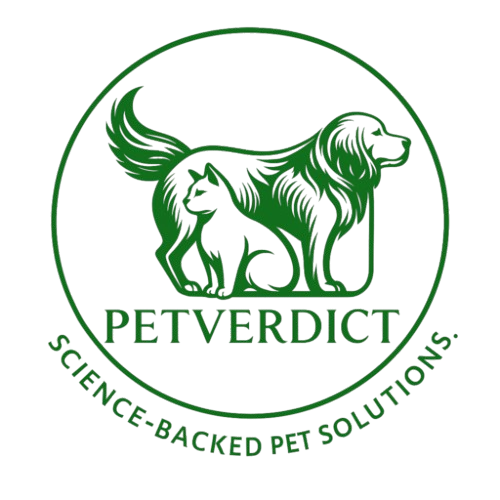

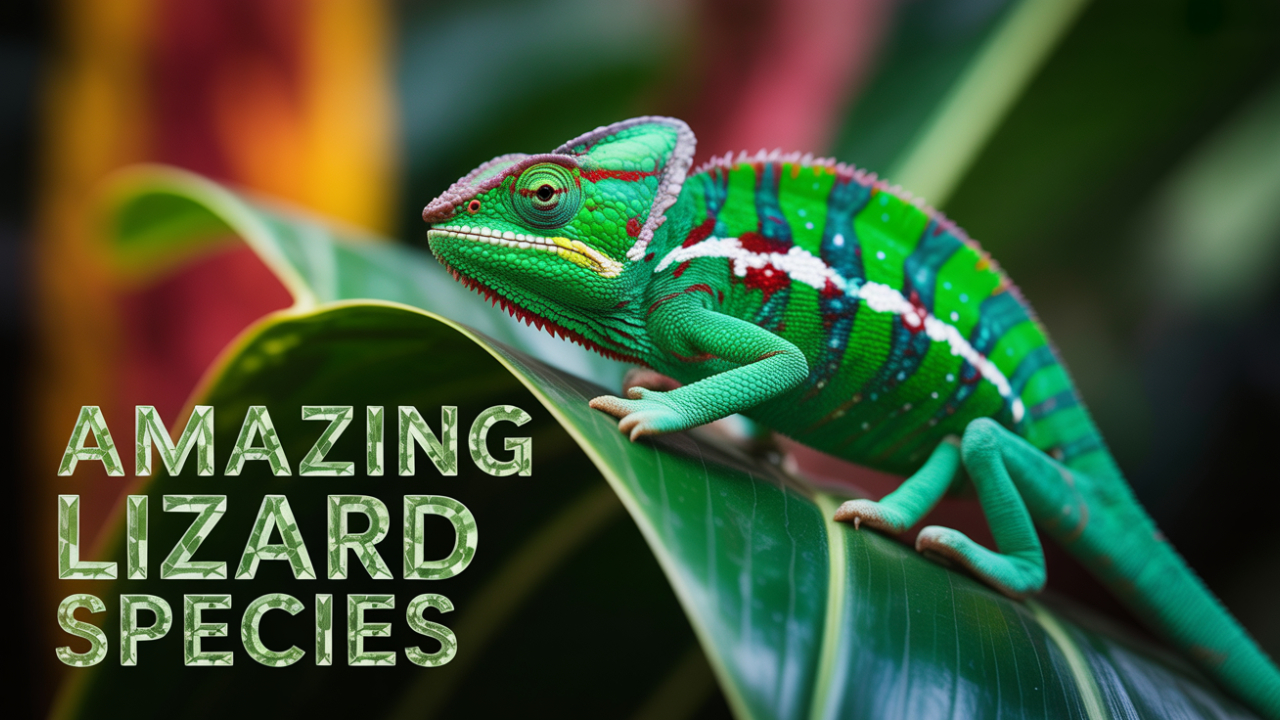
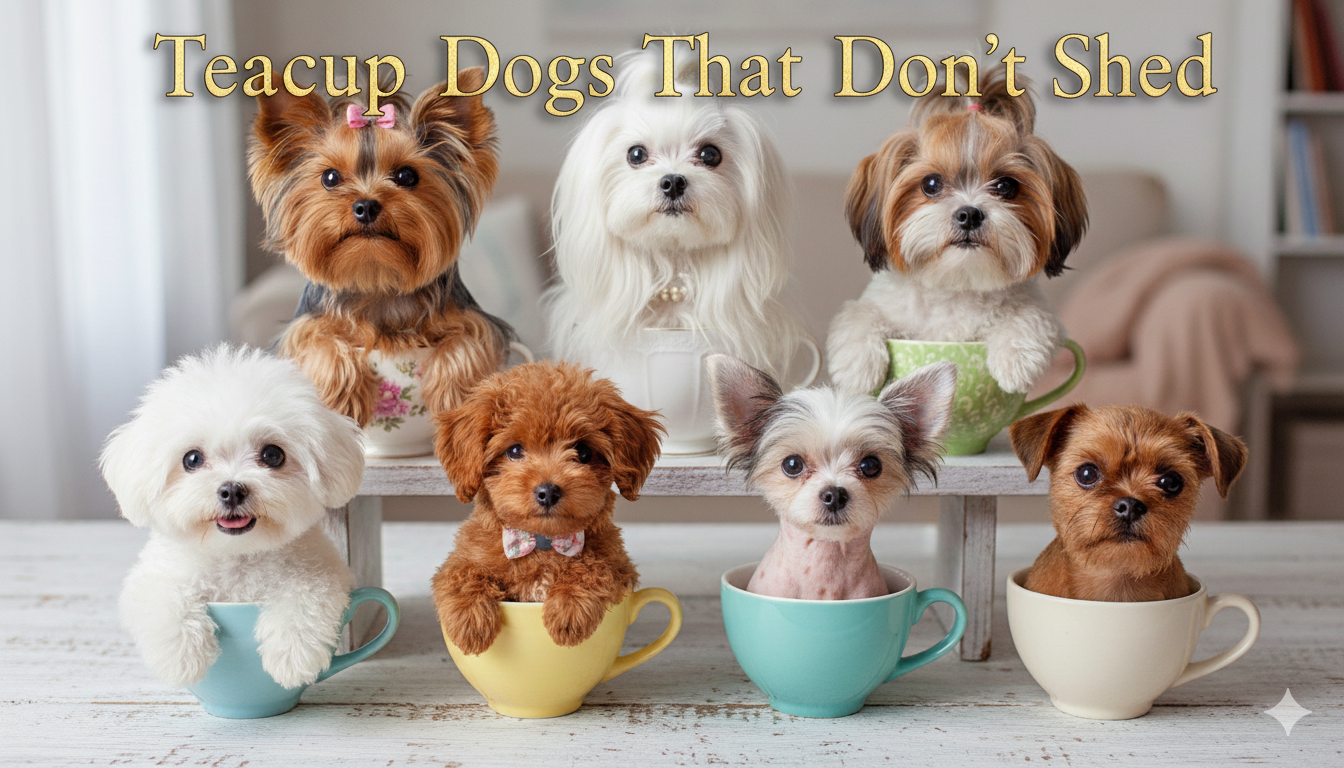
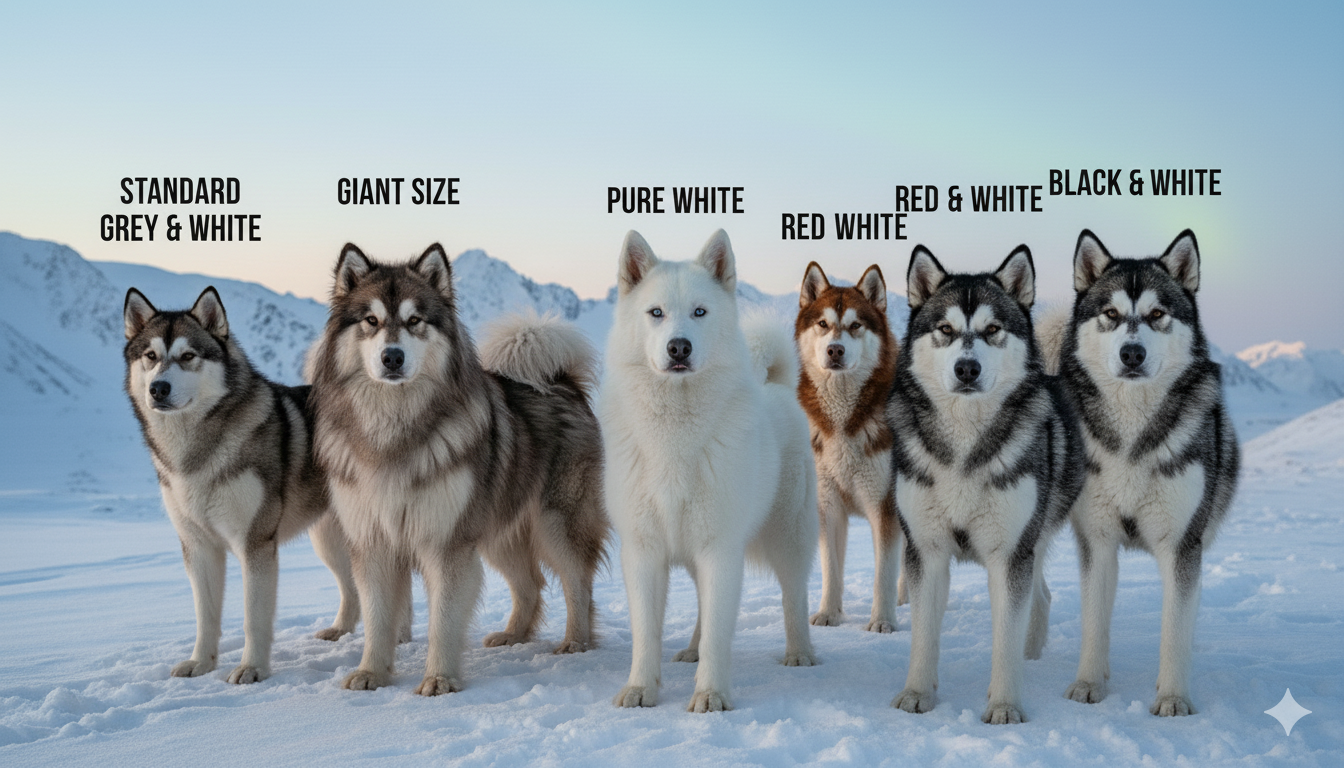
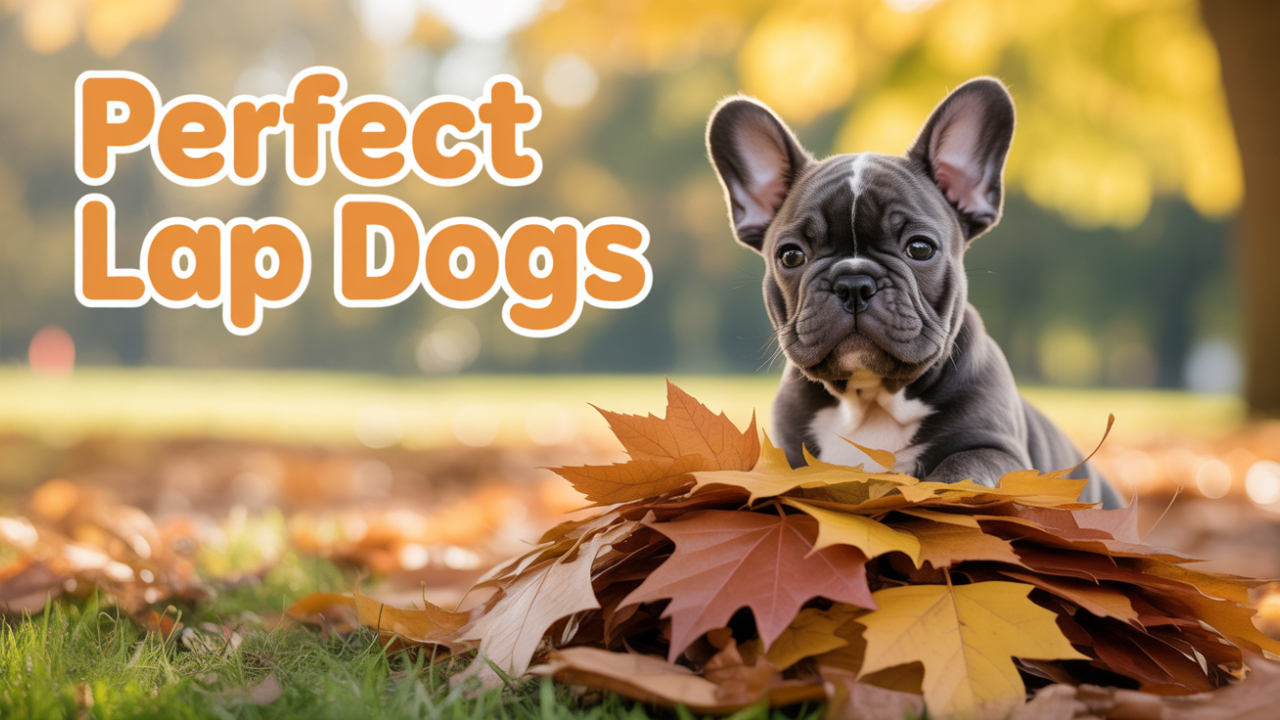
2 Responses
I seriously love your site.. Very nice colors & theme.
Did you build this website yourself? Please reply back
as I’m wanting to create my very own website and would love to
find out where you got this from or what the theme is named.
Thanks!
I am sorry, but we did not use any theme to create this website. we used php to create the website and yes i build it by myself.